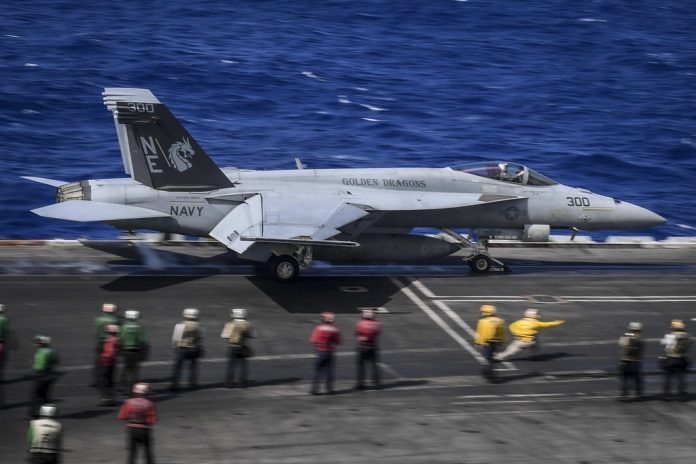
The U.S. Navy is set to bolster the defensive capabilities of its F/A-18E/F Super Hornet fleet with an advanced Dual Band Decoy (DBD) system developed by BAE Systems. This move comes as part of a concerted effort to protect Navy fighter jets against increasingly sophisticated enemy sensors and weapons.
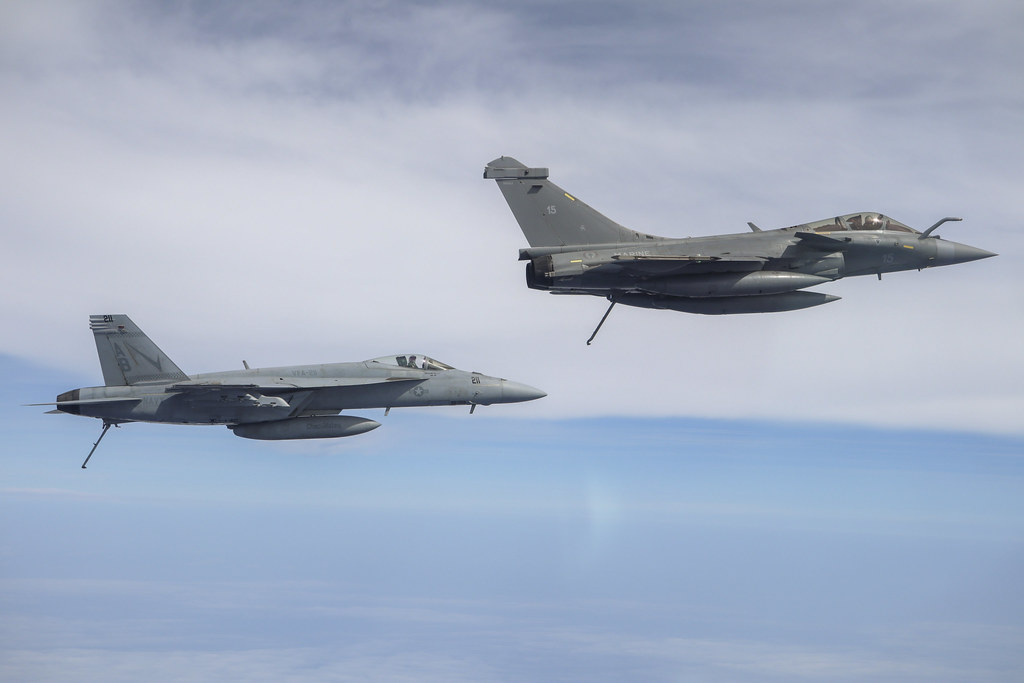
On May 15, 2024, BAE Systems was awarded a $54 million contract to commence the development of the DBD, a state-of-the-art radio frequency countermeasure designed to deceive and disrupt enemy radar and missile systems.

The system represents the latest in a series of enhancements aimed at ensuring the survivability of the Navy’s aviation assets in high-threat environments.
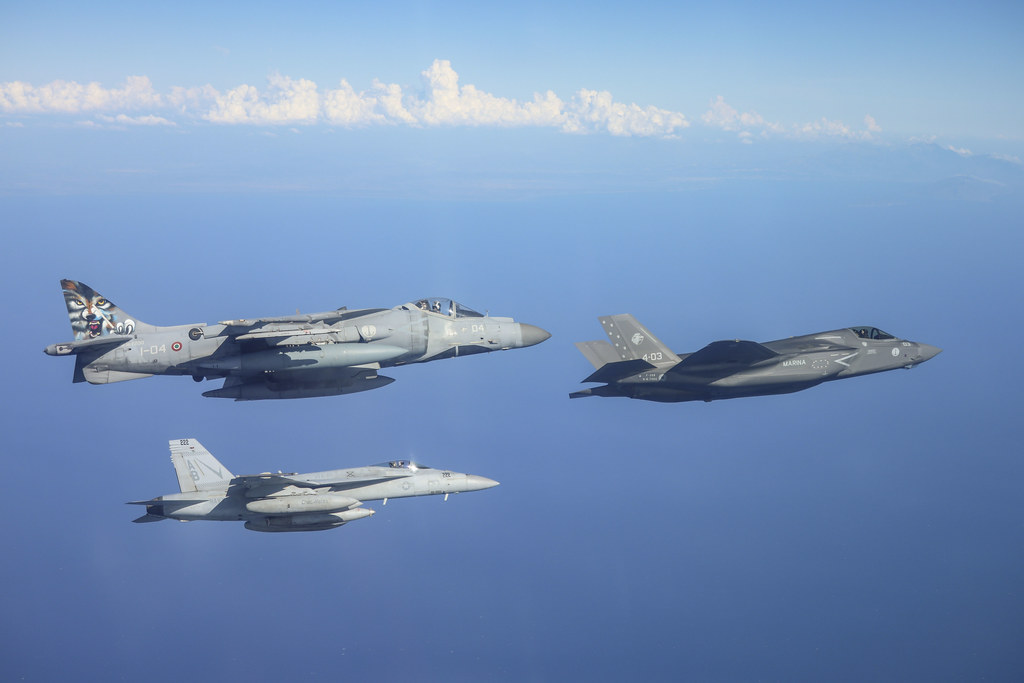
The DBD system will be a towed unit linked via fiber-optic cable to the aircraft’s onboard electronic warfare equipment, creating a broad capability that can be installed on various aircraft types and is upgradeable to confront future threats.
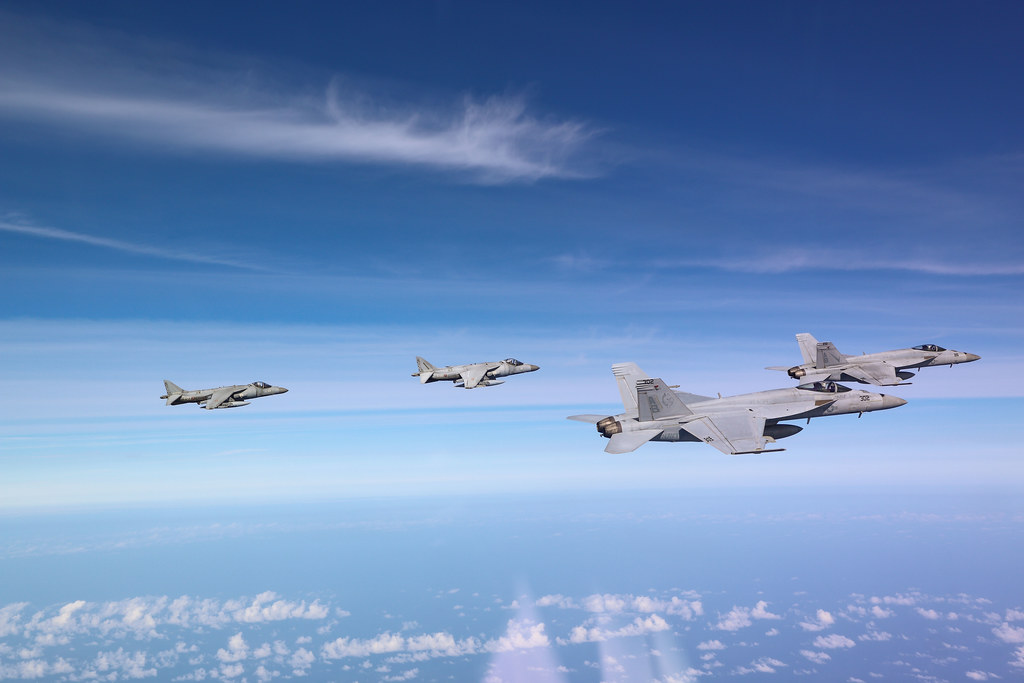
Don Davidson, director of the Advanced Compact Electronic Warfare Solutions product line at BAE Systems, emphasized the significance of this advancement, stating that the “Dual Band Decoy delivers broad capability that can be installed on a variety of aircraft and is upgradeable to address future threats.”
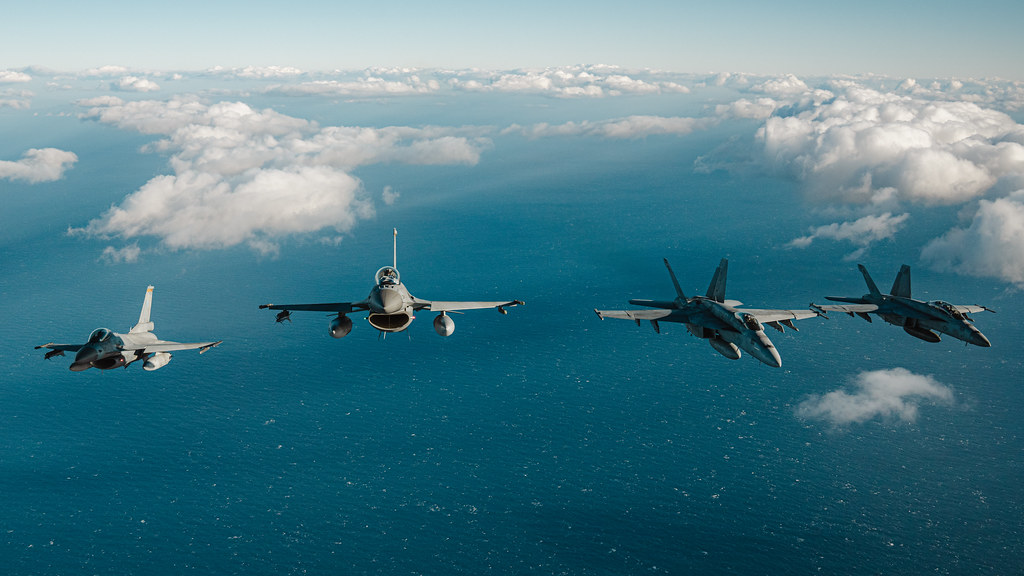
The decoy builds upon the successful legacy of the AN/ALE-55 Fiber-Optic Towed Decoy, which has been in service since around 2010 and of which over 3,000 units have been produced for global customers.
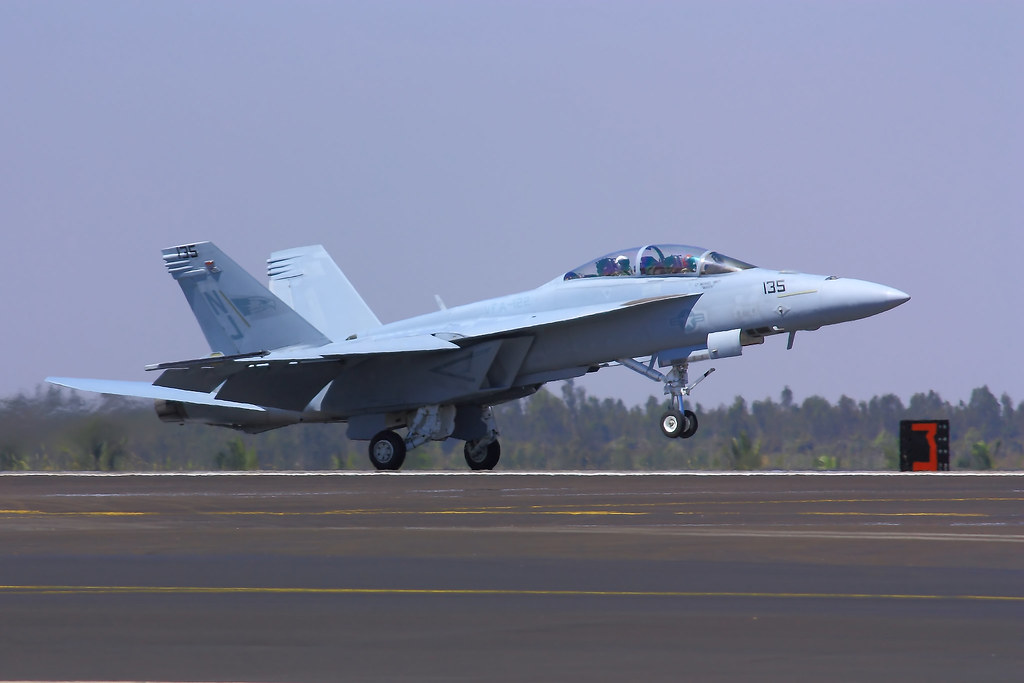
It operates by emitting a powerful jamming signal that mimics the electromagnetic signature of the host aircraft, misleading radar-guided missiles to target the decoy rather than the actual fighter jet.
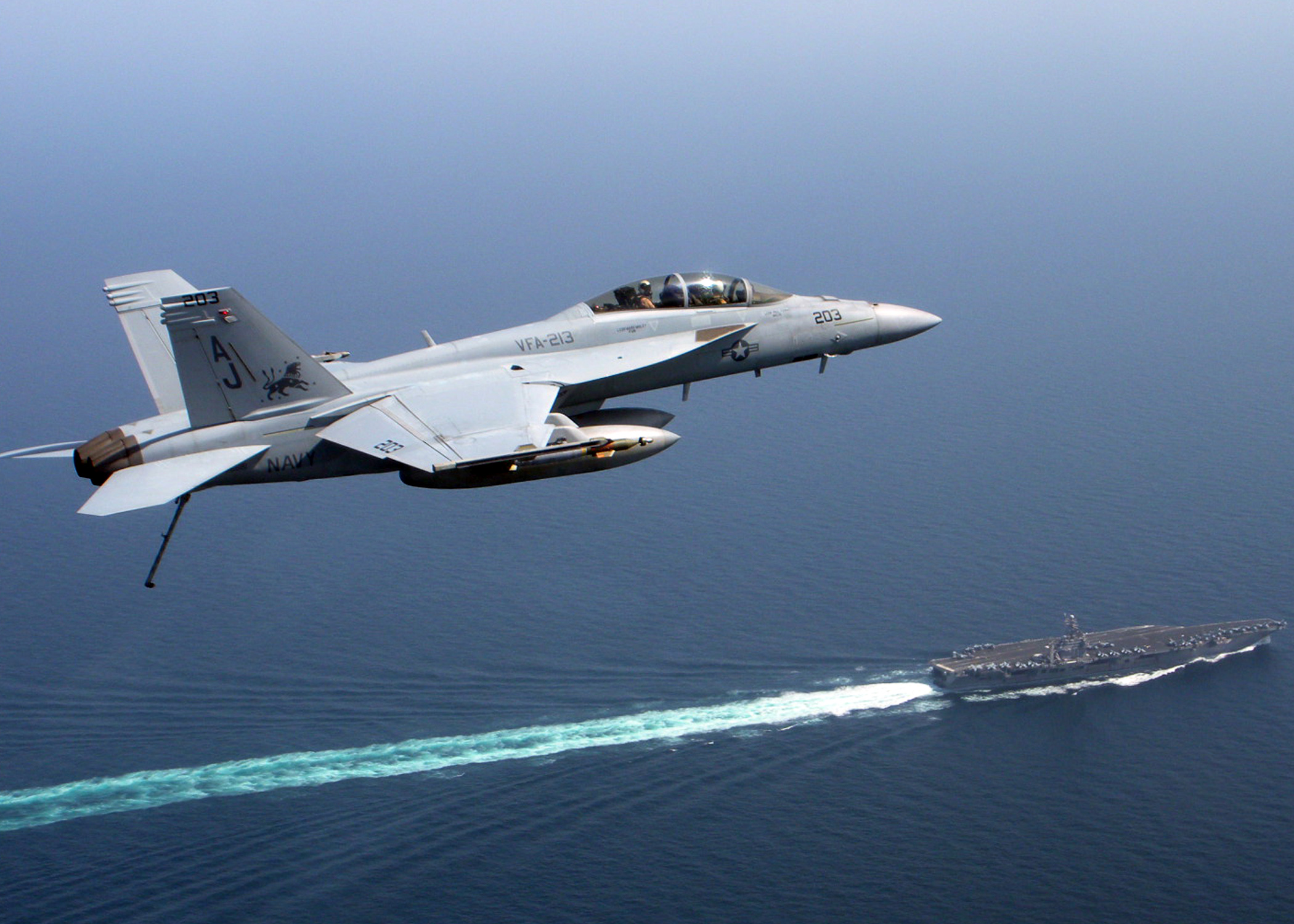
The introduction of the DBD system is part of the Navy’s comprehensive strategy, encapsulated in the Block III upgrade for the Super Hornet fleet, which includes a reduced radar signature among other enhancements.
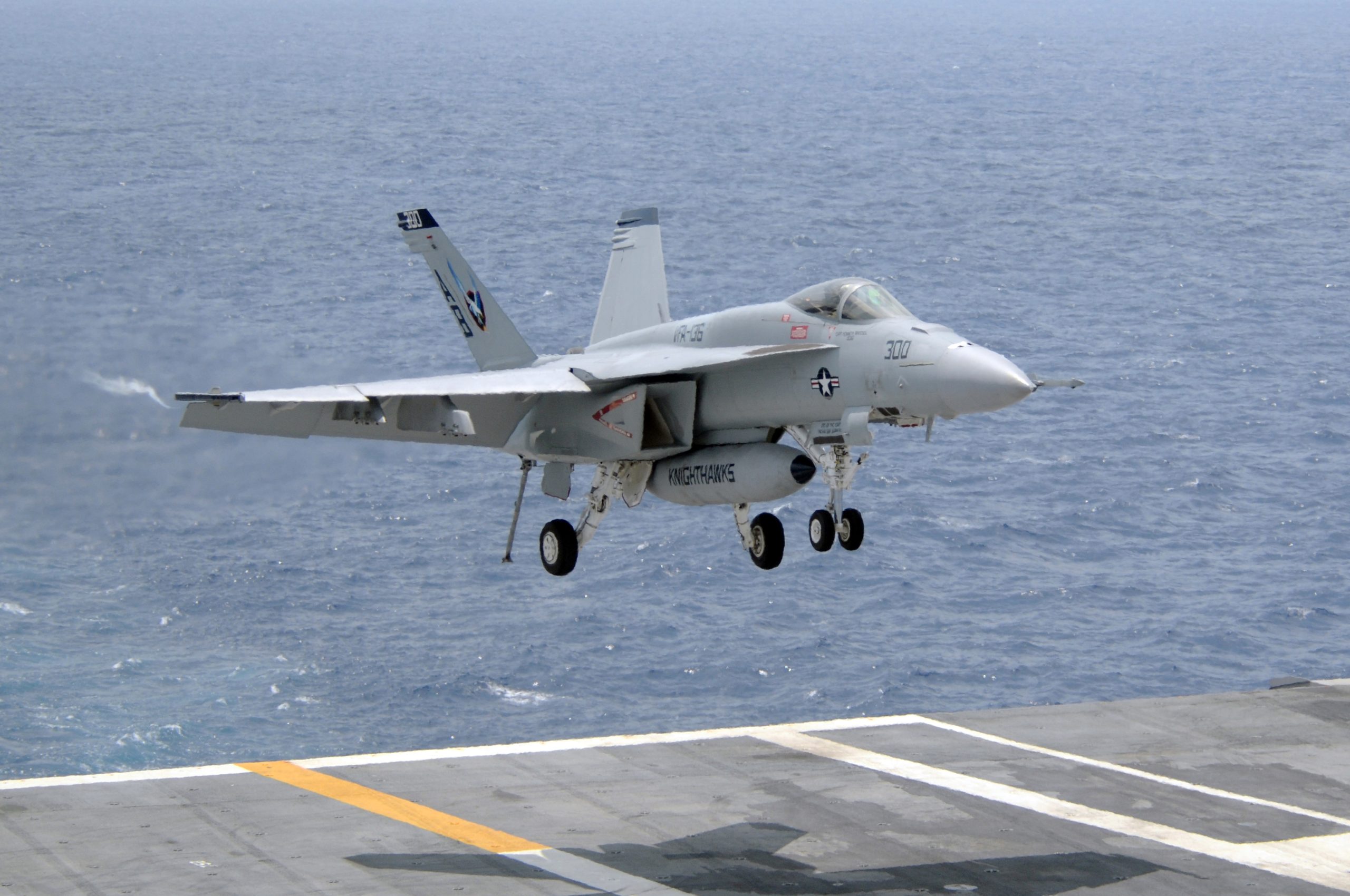
BAE Systems’ contract for the DBD will see the decoy initially fielded on the Navy’s fleet of more than 500 F/A-18E/F Super Hornets.
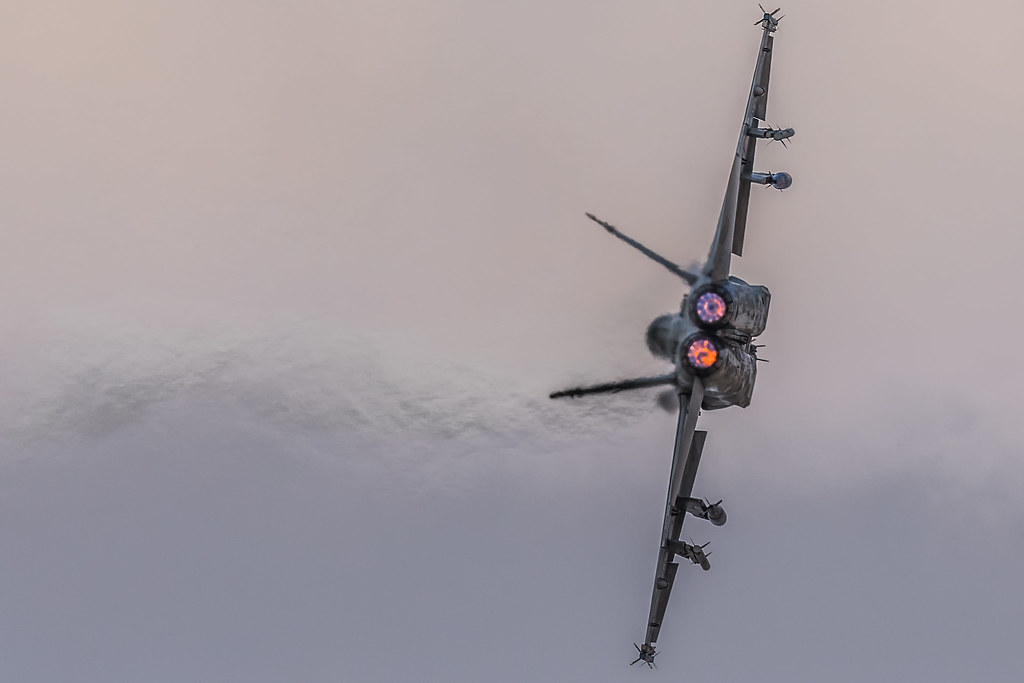
This development is not without its controversies, as BAE Systems’ role as the Navy’s towed decoy supplier was solidified only after the disqualification of its competitor, Raytheon. The Navy had previously awarded development contracts to both companies.

However, a hiring decision by Raytheon involving a retired Navy technical expert led to concerns over the appearance of impropriety, eventually resulting in Raytheon’s exclusion from the manufacturing contract competition.

Despite Raytheon’s protest and subsequent legal actions, the Government Accountability Office and the U.S. Court of Federal Claims upheld the decision to disqualify Raytheon.

The focus on electronic warfare capabilities and the integration of advanced countermeasure technologies underscore the Navy’s priority on aircraft survivability.

The DBD system is set to play a vital role in this ongoing effort, representing a leap forward in the protection of military aircraft and the defensive posture of U.S. forces in contested global airspace.

With the contract awarded and development underway, the Navy’s Super Hornet fleet is poised to gain a significant boost in self-protection, potentially reshaping the dynamics of aerial warfare and underlining the United States’ commitment to maintaining its technological edge in an era of rapid and sophisticated military advancements.
Relevant articles:
– Navy buys BAE Systems’ Dual Band Decoy to protect Super Hornet jets, C4ISRNet
– U.S. Navy Awards BAE Systems Advanced Fighter Decoy Contract, Aviation Week
– BAE Systems Secures Contract to Develop Cutting, Army Recognition
– Breaking news for airlines, aerospace and defence industry, FlightGlobal
